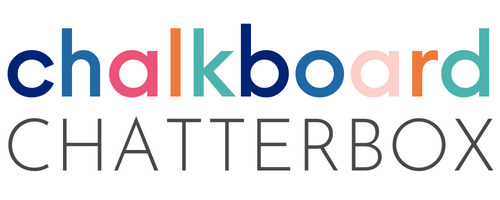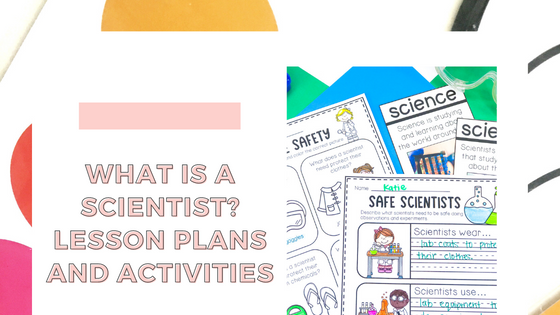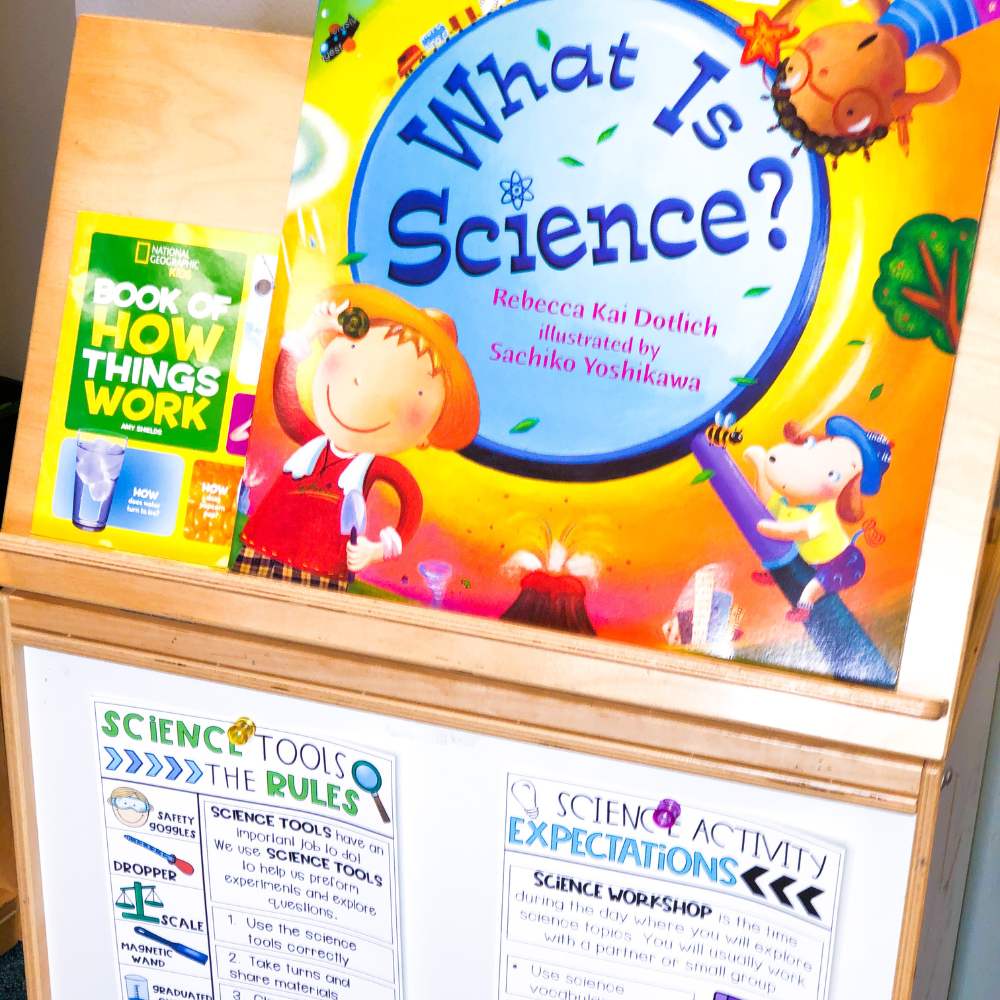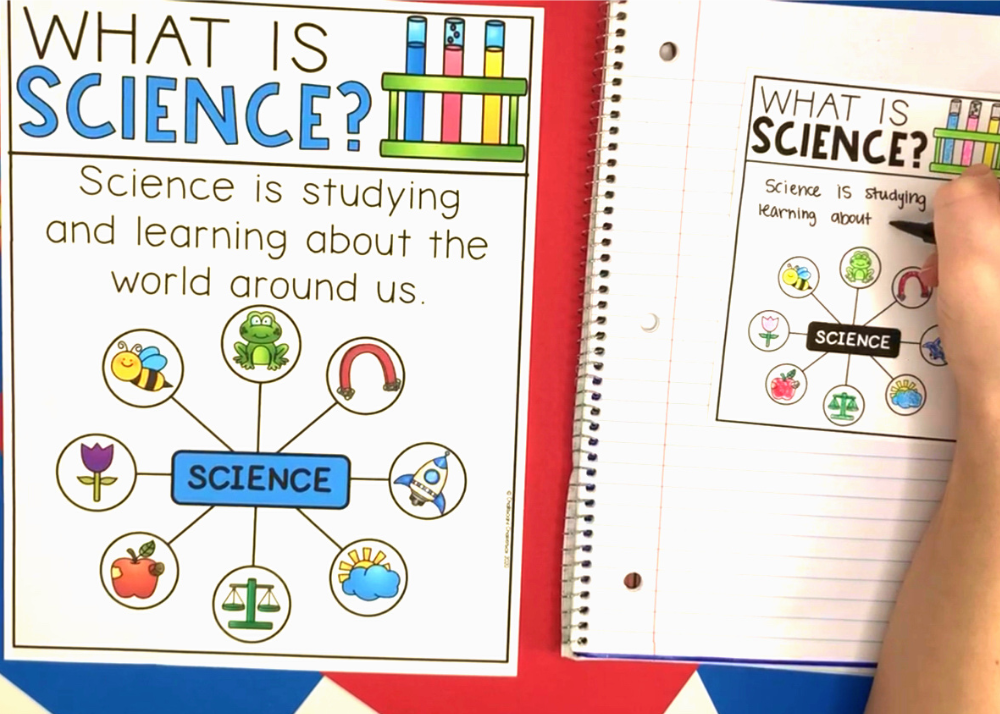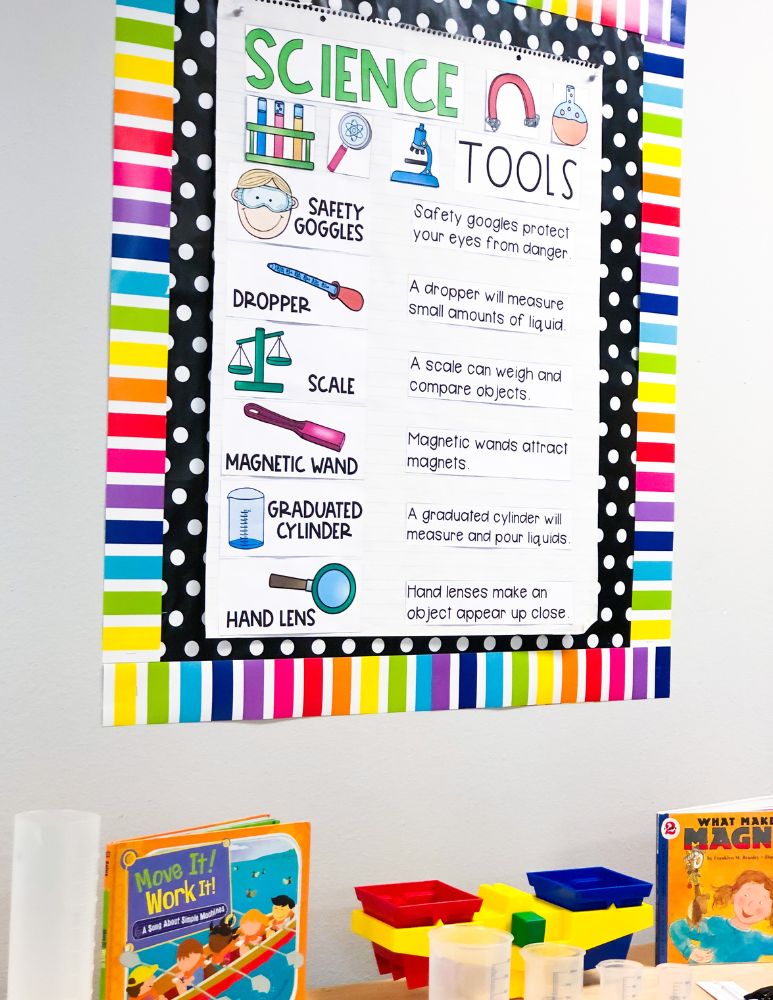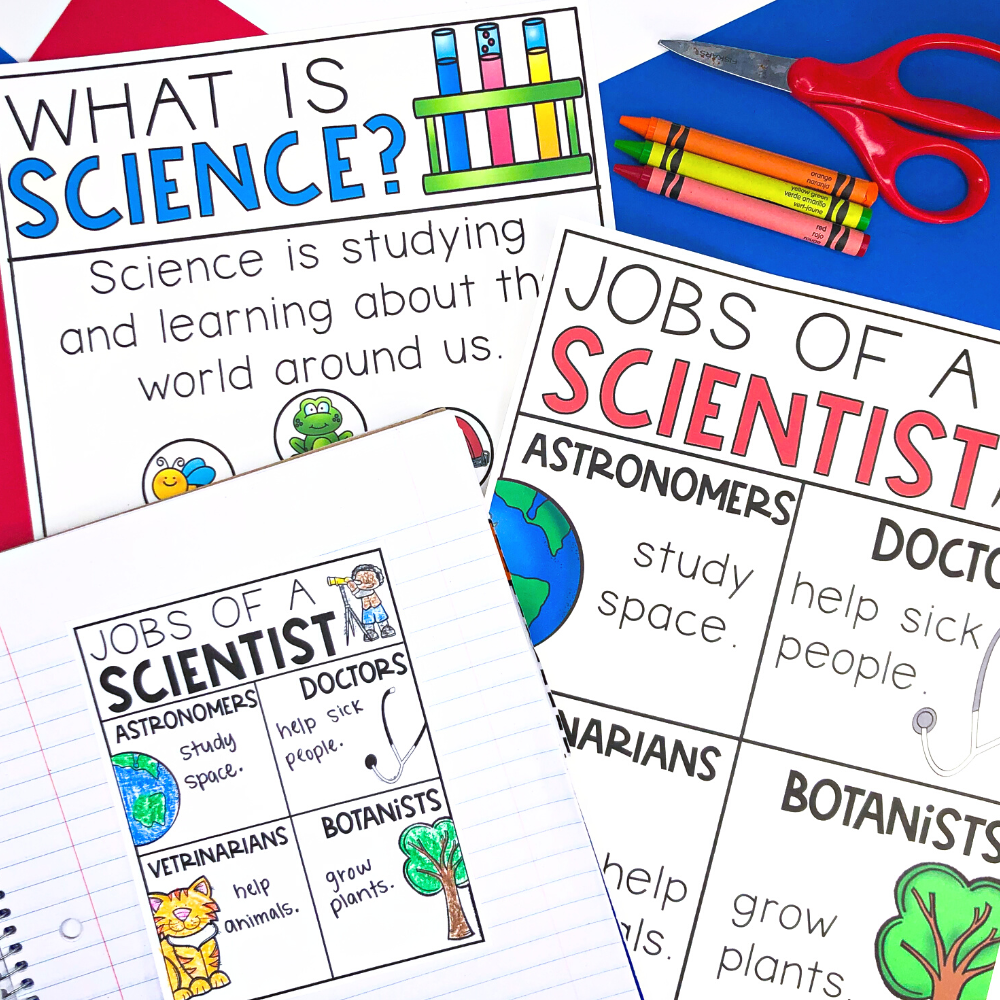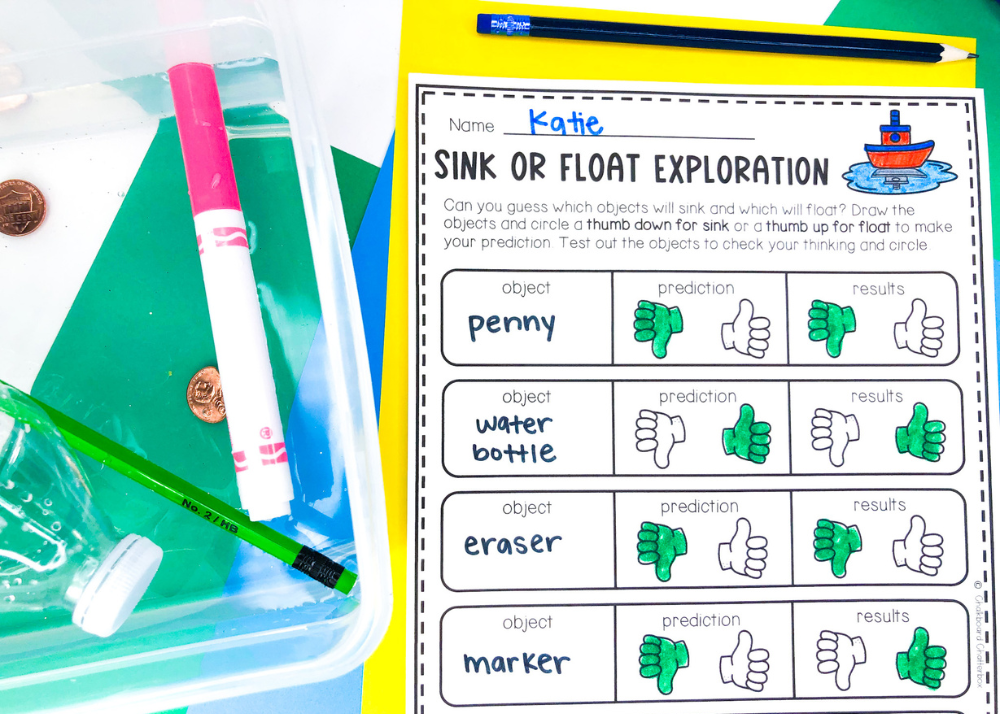What is a Scientist? Activities and Lesson Plans
The first weeks of science are filled with exciting explorations. Your little scientists will love investigating the skills and tools that they will use this year. With these science lesson plans and activities, students will:
identify what is a scientist
understand the ways scientists use science tools safely
investigate how to use science tools in a simple science investigation
What is Science? Activities
At the beginning of the year, students are already familiar with many scientific topics like weather and space. Help students understand that science is all around them by reading the book What is Science? by Rebecca Dotlich.
Students can keep track of their new learning using the student anchor charts. Students will complete the bubble map to show what science is.
What is a Scientist? Lessons
Get the classroom buzzing with excitement by creating a science display in the classroom. All you need is a few science books and your science lab equipment.
Have a class discussion to see what students already know about scientists. Hold up different lab equipment and discuss how scientists use each tool.
Help students understand that there are scientists that specialize in different areas. Discuss specific tools that scientists like astronomers, biologists, and geologists use in their daily work.
Tell students that they are scientists, and they will get a chance to explore some of the tools throughout the year.
Science Tools and Science Safety Activities
Continue using your science display to introduce each science tool. Help students identify the name of the science tool and how it is used safely. Explain the importance of using each tool correctly and other important science safety concepts.
Give students the opportunity to explore each science tool in a simple investigation. Students can draw and explain how they used each tool.
Another way that students can practice identifying science tools is using Boom Cards. With interactive Boom Cards, students answer questions and receive immediate feedback. Your students will love this independent practice activity.
Your First Simple Science Investigation
At the end of the unit, your students can use what they’ve learned about science tools and science safety to complete their first science investigation.
During this simple whole group investigation, students will make predictions and observations about whether classroom objects will sink or float.
With a tub of water placed in the center of the classroom, hold up different objects and ask students to predict whether the object will sink or float when placed in the water.
Have a class discussion about each object where students can explain their reason for each prediction. After the discussion, place each object into the water for students to observe and record. After each object, discuss the properties that made the object sink or float.
Wrap-Up
With the hands-on activities to identify science tools and the ways to use each tool, your students will be ready to have a successful year in science.
You’ll love these related posts
